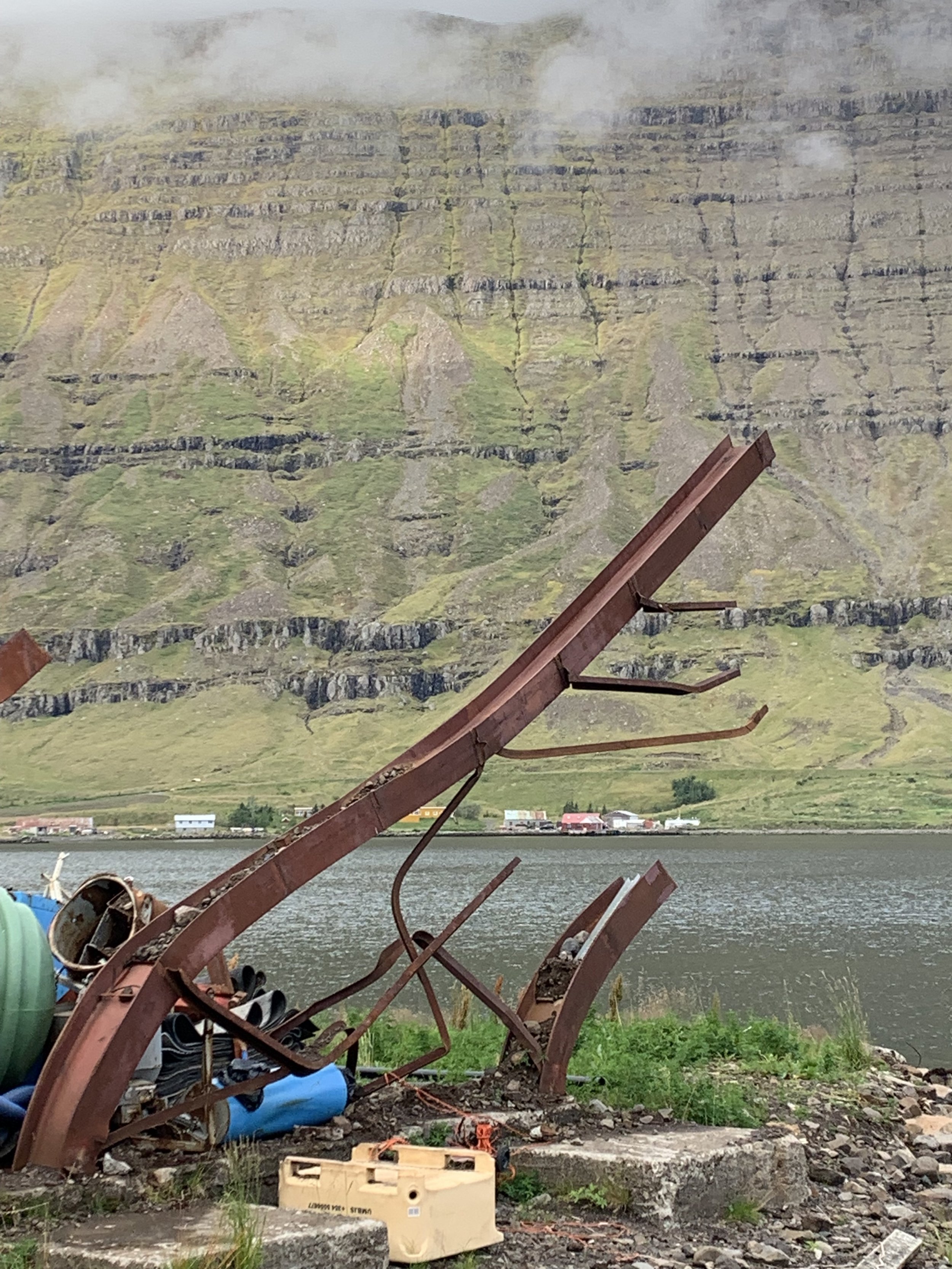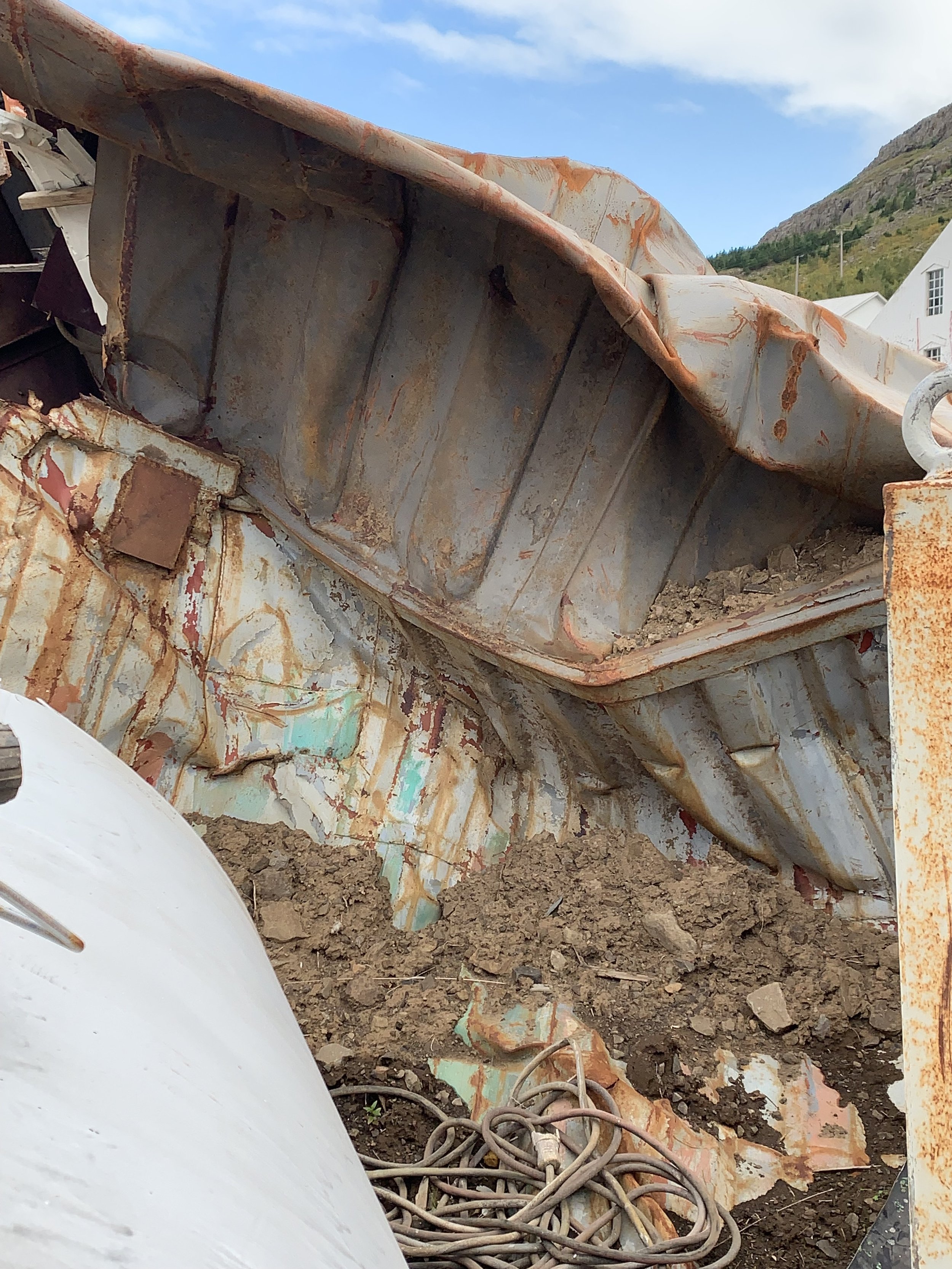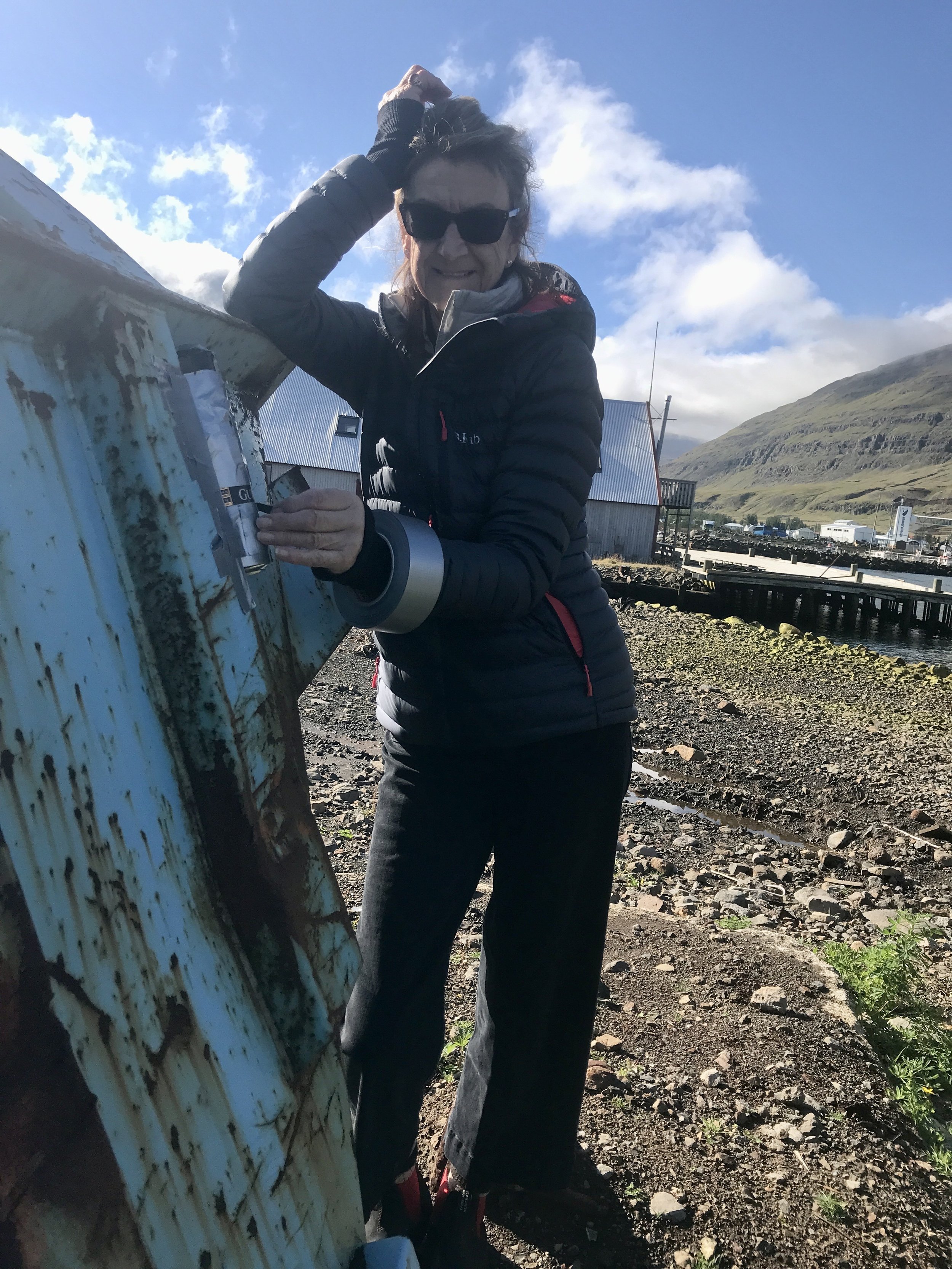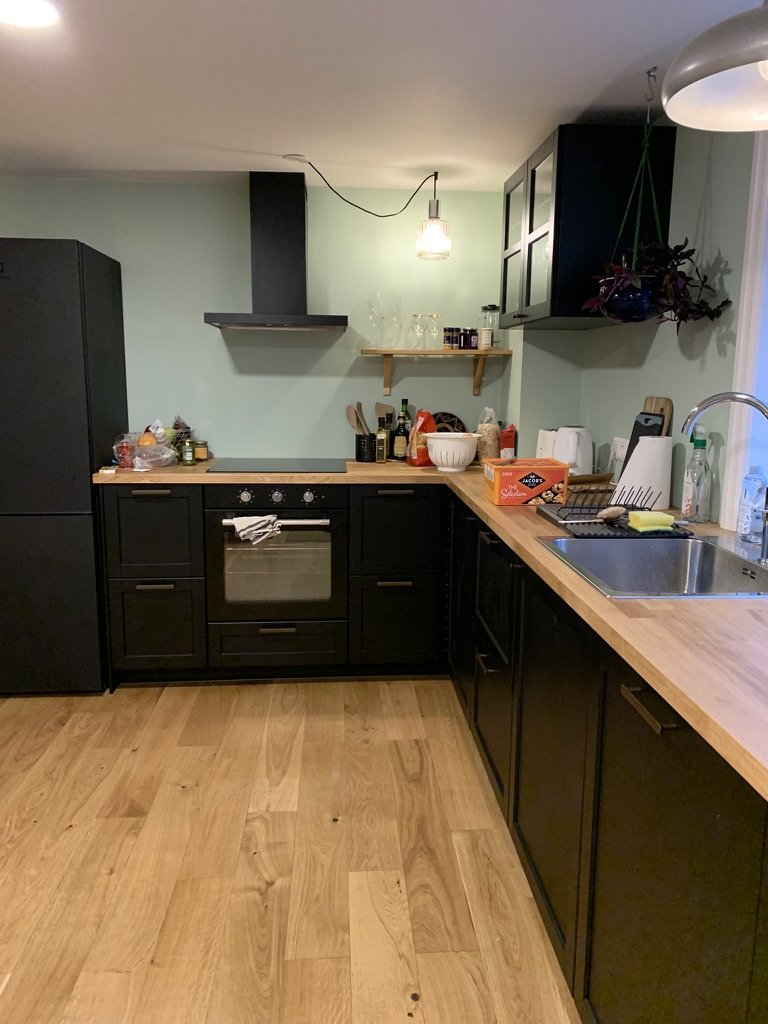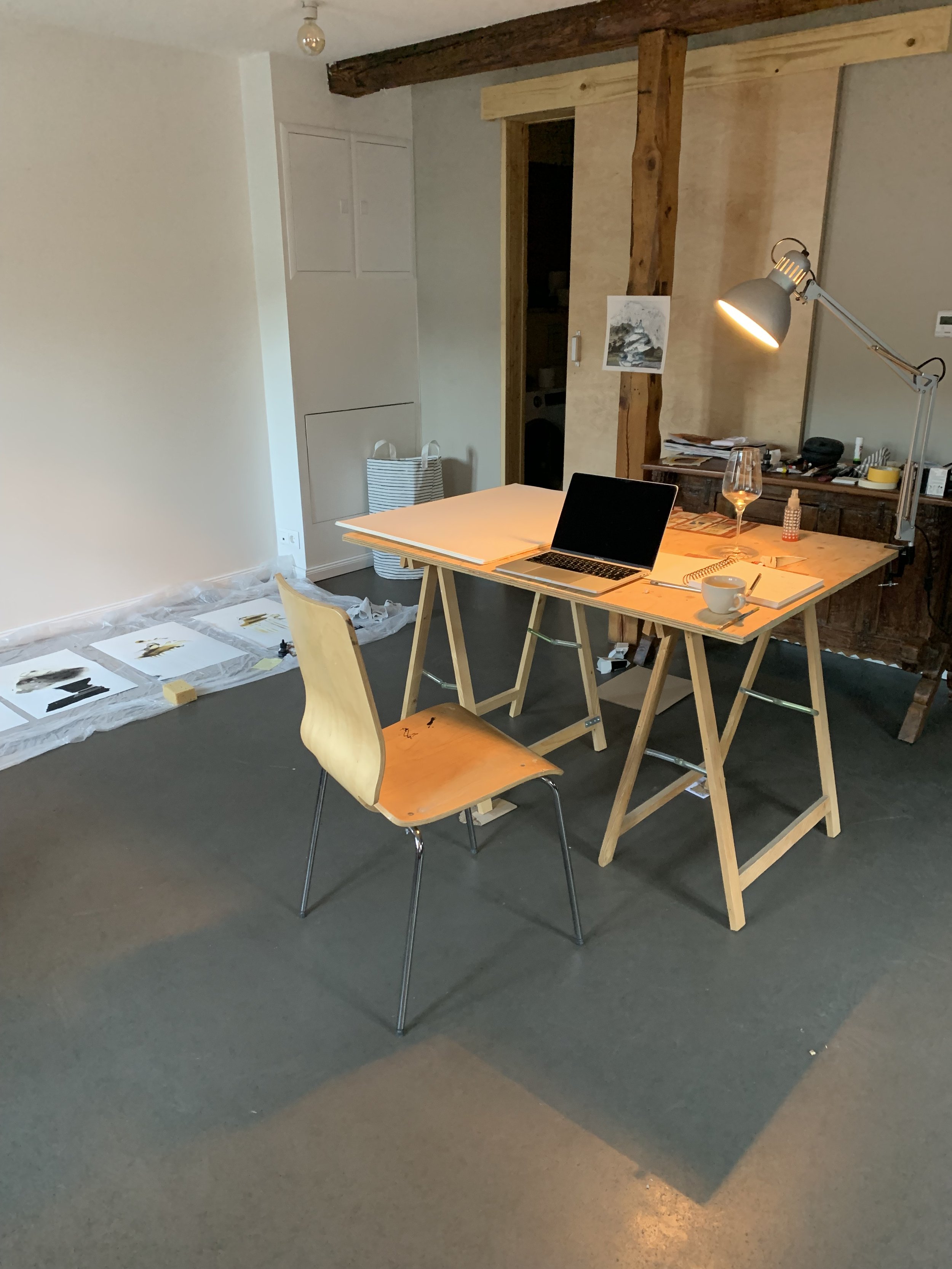Materiality Re_Mined
Rather than give a statistics view behind our collaborative project, I will aim to talk about the work itself including ways we stretched our own practices to highlight this project particularly. For instance learning how to edit video was a new task for me. Operating a laser etching machine was in Brooke’s task box.
Although the learning curves are frustrating at times there’s also a great sense of expansion in oneself when pushing to learn something new for a bigger purpose.
This exhibition at the Seger Gray Gallery is the result of a two-year collaboration between Brooke Holve and myself. The Extraction Art project is part of a multi faceted global movement focusing on extractive industries particularly mining. The website, informs how this project started and who is behind it and where it’s going etc.
Because landscape is a primary source of motivation for my artwork I decided that exploring the inner workings of the smart phones and it’s connection to earth geology would be an interesting project. We discovered that 70 minerals and elements from the periodic table are involved in the building of a smart phone. The same minerals are often used in many alternative energy sources. As our demand grows so resources shrink and now there’s a desperate attempt around the world for geologists to hunt for new resources.
There are conflict minerals, rare earth elements and commodities.
For example cassiterite is a mineral containing tin. Tin is used in smart phones for soldering different metal components together. Tin is also use with the element indium to make indium-tin-oxide, a very thin transparent and electrically conductive material used to make smart phone touchscreens. The most important source of tin is from the ore mineral cassiterite found in hydrothermal veins and alluvial placer deposits. The current leading produces of tin are China, Indonesia and Myanmar.
Cassiterite is also a conflict mineral because much of it is mined in areas where child labour is practiced and /or much of the profits are syphoned off for gorilla warfare and militia training camps. This is especially prevalent in the Congo where also cobalt is mined.
There are many efforts by large companies such as Apple to avoid these sources but often it is very hard to trace the source. My hope is that this research which is here translated into the visual arts might inspire awareness of the damage to the landscape, to peoples lives and ecosystems etc.
While we are so dependent on this miracle machine, we are consumers and our voice has effect. There is growing concerns around the globe regarding demand and supply; big corporations are investing in recycling minerals from devices but more care and effort is needed in mining practices and more awareness of the resource footprint of our phones offers possible opportunities towards a sustainable industry.

